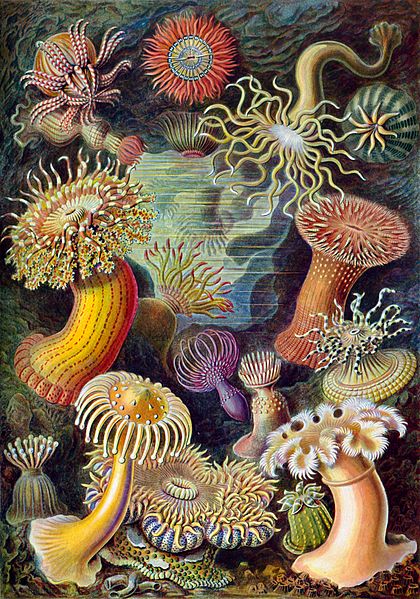In a research article just published in PLoS Biology and titled “How Many Species Are There on Earth and in the Ocean?,” scientists estimate that the natural world contains about 8.7 million species, but that the vast majority have not been identified and that cataloguing them all could take more than 1,000 years. The number of species is derived from studying relationships between the branches and leaves of the “family tree of life,” and, while the estimate is considered “accurate” (plus or minus 1.3 million), the authors warn that many species will become extinct before they can be studied.
According to the article’s abstract: “The diversity of life is one of the most striking aspects of our planet; hence knowing how many species inhabit Earth is among the most fundamental questions in science. Yet the answer to this question remains enigmatic, as efforts to sample the world’s biodiversity to date have been limited and thus have precluded direct quantification of global species richness, and because indirect estimates rely on assumptions that have proven highly controversial. Here we show that the higher taxonomic classification of species (i.e., the assignment of species to phylum, class, order, family, and genus) follows a consistent and predictable pattern from which the total number of species in a taxonomic group can be estimated. This approach was validated against well-known taxa, and when applied to all domains of life, it predicts ~8.7 million (±1.3 million SE) eukaryotic species globally, of which ~2.2 million (±0.18 million SE) are marine. In spite of 250 years of taxonomic classification and over 1.2 million species already catalogued in a central database, our results suggest that some 86% of existing species on Earth and 91% of species in the ocean still await description. Renewed interest in further exploration and taxonomy is required if this significant gap in our knowledge of life on Earth is to be closed.”
In summary, the authors state: “Knowing the number of species on Earth is one of the most basic yet elusive questions in science. Unfortunately, obtaining an accurate number is constrained by the fact that most species remain to be described and because indirect attempts to answer this question have been highly controversial. Here, we document that the taxonomic classification of species into higher taxonomic groups (from genera to phyla) follows a consistent pattern from which the total number of species in any taxonomic group can be predicted. Assessment of this pattern for all kingdoms of life on Earth predicts ~8.7 million (±1.3 million SE) species globally, of which ~2.2 million (±0.18 million SE) are marine. Our results suggest that some 86% of the species on Earth, and 91% in the ocean, still await description. Closing this knowledge gap will require a renewed interest in exploration and taxonomy, and a continuing effort to catalogue existing biodiversity data in publicly available databases.”
During a BBC interview with a reviewer of the article, Professor Jonathan Baillie (director of conservation programs at the Zoological Society of London) commented: “I think it’s definitely a creative and innovative approach, but like every other method there are potential biases, and I think it’s probably a conservative figure. But it’s such a high figure that it wouldn’t really matter if it’s out by one or two million either way. It is really picking up this point that we know very little about the species with which we share the planet; and we are converting the Earth’s natural landscapes so quickly, with total ignorance of our impact on the life in them.”


.jpg)

